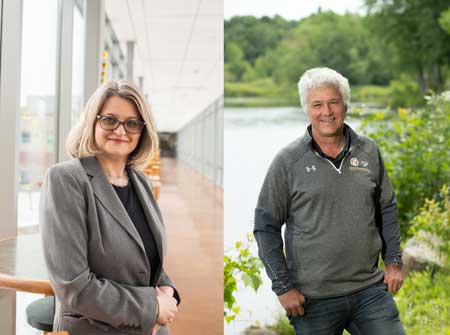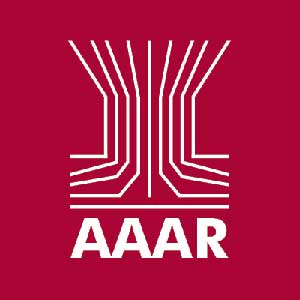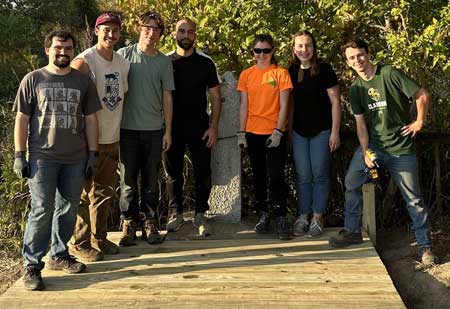Civil & Environmental Engineering Newsletter: March 2024
Message From the Chair
This month's issue of the Civil & Environmental Engineering Newsletter brings news of some significant research funding and an interesting journal article on respiratory particle emissions. We also look at student projects and activities, as well as recognition for one of our faculty members. Plus, the Society of Women Engineers celebrates more than 50 years at Clarkson! I hope you enjoy reading these stories of how our students and faculty continue to design a better world for future generations.
— Steven Wojtkiewicz, Professor/Chair of Civil & Environmental Engineering
DOD Supports PFAS Treatment

A Clarkson team has been awarded a $1.2 million Department of Defense grant to scale up an integrated treatment system to destroy PFAS in sediments. The system includes mechanochemical ball milling, which destroys PFAS in soils and sediments, followed by soil washing and plasma treatment.
Read More About This Award
Phosphate Removal Tech

Two Clarkson professors have been awarded $749,000 by the Department of Agriculture to develop a filtration system to capture and recover phosphate from tile drainage and reduce the phosphate burden on watersheds. This sorbent and field-ready system will decrease environmental impact and provide a renewable phosphate supply, improving the sustainability of agricultural practices.
Read More About This Grant
Children's Respiratory Particle Emissions

An article by a Clarkson research team, recently published in the journal Aerosol Science and Technology, explains their findings that age influences the size and quantity of respiratory particle emissions in humans during activities, with children releasing fewer and smaller particles than adults. Thus, incorporating age demographics into disease transmission models may improve their accuracy.
Read More About This Article
Smallest Engineered International Bridge

Environmental engineering honors student Abby Jeffers ‘27 is a member of the Timber Bridge SPEED Team, which recently completed the construction of the world’s smallest engineered international bridge at the site of a border marker between the United States and Canada.
Read More About This Bridge
